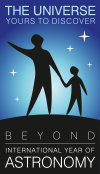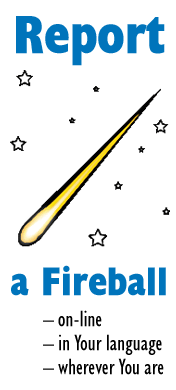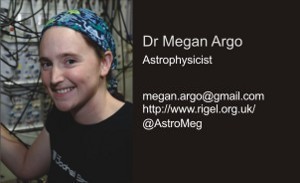Radio Meteors!
I know, haven't posted in ages. There are many reasons why, but I have been incredibly busy. The thesis has been submitted and my viva is fast approaching, that's been keeping me pretty busy.
Over the last couple of weeks I have been building (with the help of some of the brilliant engineering staff) a system to detect meteors using a technique known as "forward scatter". This is a variant of the methods used by Lovell and colleagues in the early days of Jodrell Bank to detect meteors using wartime radar equipment. They used a radar system to transmit a radio signal into the sky and used the receiver to pick up reflections from the ionised trails left by the meteors as they fly through the atmosphere at high speed. The system I'm using does not actually transmit a signal. I am using a TV carrier signal in Spain as the transmitter. This works because, since the transmitter is well over the horizon from my position at Jodrell Bank, we can't normally detect the signal. When a meteor occurs in the right place, the receiver here picks up a brief burst of signal from the Spanish transmitter which has been reflected from the ionised trail.
You can try this with an ordinary radio. If you can find a frequency which is unused by any broadcasters close to your location but is used by a transmitter somewhere between 200 and 1000 km away, then you might be able to hear brief snatches of signal when a meteor occurs.
The system we have is slightly more complex than this, but only because we can! I'm using an old scanner (borrowed from Dev Labs) tuned to 48.25 MHz (the frequency of the Spanish carrier signal), along with a 1/4-wave dipole as the antenna (at 48 MHz, that's quite a big dipole!), a preamp, and a filter. The antenna is cable-tied to a fence post in the field with many metres of coax between the amplifier and the rest of the equipment which I'd prefer to be in the dry and warmth of a building. When no meteor is present, the receiver just produces white noise as there are no local users of this frequency. When a meteor occurs in the right place, you hear a brief "ping" at a particular tone (which can be varied by adjusting the tuning slightly). The audio is fed into a computer running Spectrum Lab which produces a graphical record of the echo.
Most echoes are very short lived, but some can last for several minutes. A few examples of the echoes we've seen whilst testing the equipment can be seen below.
If you're interested in having a go at this, Here are some useful websites. The radio section of the International Meteor Organisation, Andy Smith who runs a meteor receiver in the UK, and the excellent Spectrum Lab software. I'd also recommend any of Sir Bernard Lovell's books about the early days of the Observatory where he describes the use of ex-military equipment to observe the spectacular 1946 Giacobinid storm, and "Meteor Science and Engineering" by McKinley.
Here's hoping for clear skies!












Comments: